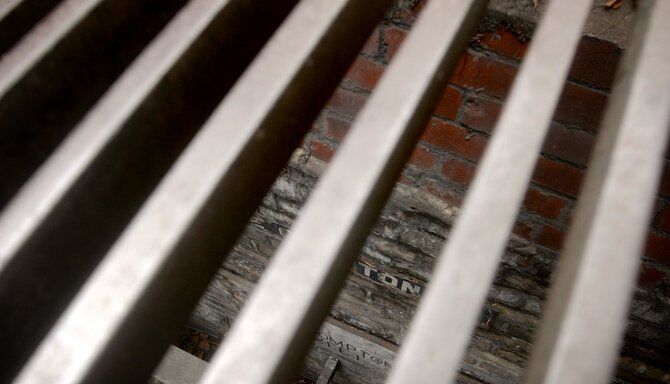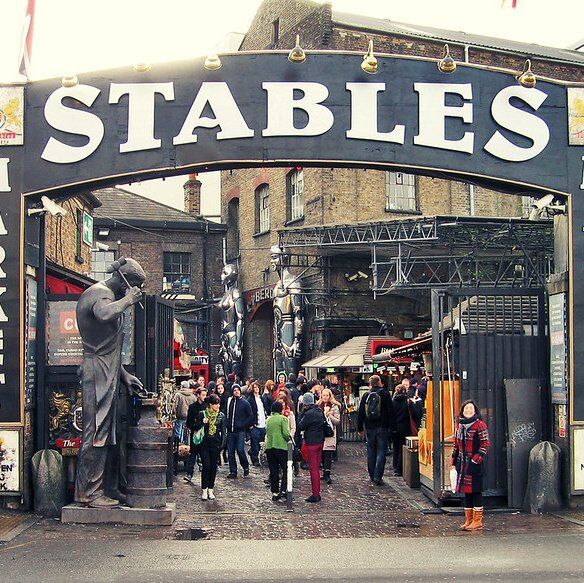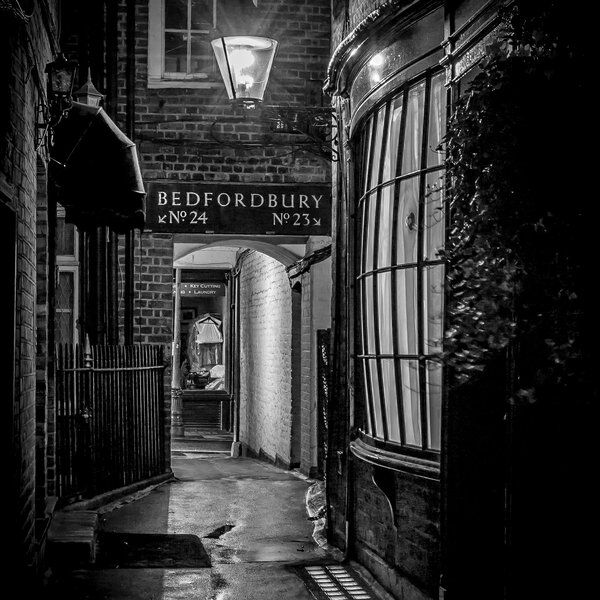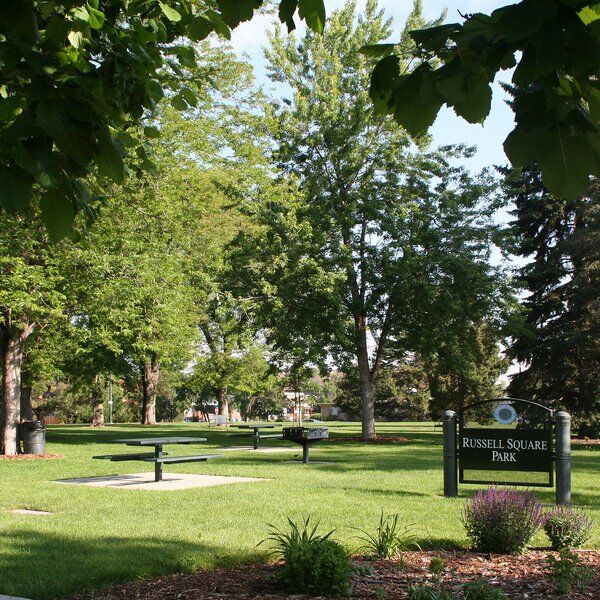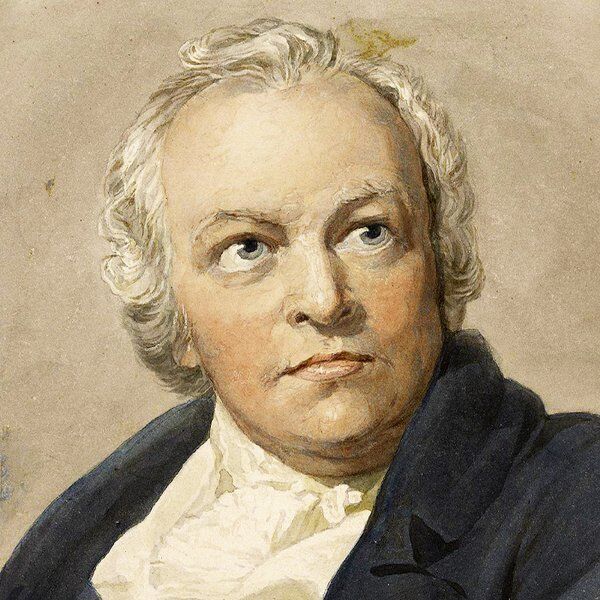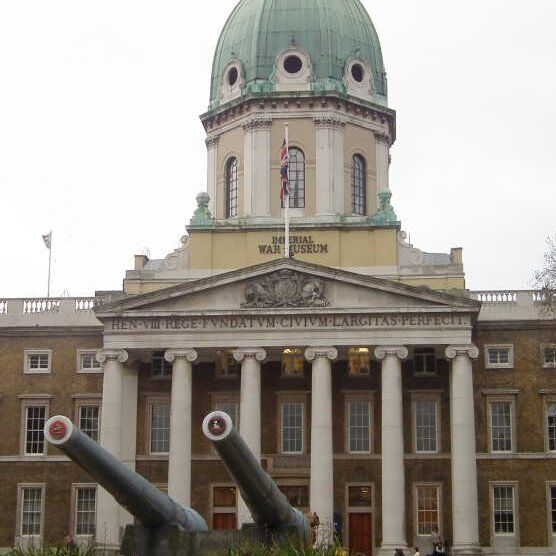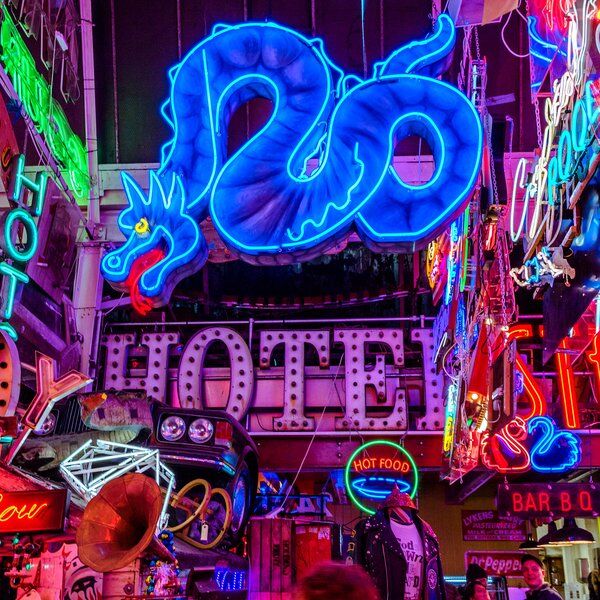At the London intersection of Charing Cross Road and Old Compton Street sits a humble grate. Gaze through it, however, and you will discover something worth boasting about: a mysterious look into the past, perhaps?
Hidden beneath these roads is... well, another road- the buried remains of Little Compton Street, to be precise.
The History
In 1886, the Metropolitan Board of Works started a massive redevelopment in what was once one of London’s most disreputable slums. Little Compton Street, the eastern section of Old Compton Street, formed part of this slum and was every bit as notorious as you might imagine!
18th Century maps reveal it to have been a tight network of small streets and alleyways, many of which still exist today. Little Compton Street itself featured The Hibernia hotel, the Coach and Horses pub and a densely-packed array of shops, taverns, and residences.
Radical Residents
The area was a focal point for like-minded exiles, artists, and revolutionaries. Notable amongst these are the French anarchist poets Arthur Rimbaud and Paul Verlaine.
The duo were forced to flee their homeland in 1872 after their failed participation in the Marxist/Anarchist Paris Commune – an attempt to institute participatory democracy. They found new lodgings in Camden, where they gained a colourful reputation for experimenting with drugs and fighting with fish. Oh... and poetry too.
They, like other fascinating figures, were regulars at the Hibernia Hotel, number 5 Little Compton Street. They became absinthe-soaked fixtures of the area as a part of Soho’s bohemian expat anarchist community. Supposedly, they even attended meetings with Karl Marx in Old Compton Street (as well as making a name for themselves in other London districts!).
Composer Richard Wagner was also believed to have stayed at the Hibernia Hotel in 1839.
Development
The Metropolitan Board of Works set out to create a link that would cut through the slums and provide easier access between Trafalgar Square, Oxford Street, and Tottenham Court Road. At the time, the only route between Tottenham Court Road and Charing Cross were the narrow streets of Seven Dials, so developing the area would solve two problems in one.
This would come at cost, however: Little Compton Street.
Urban Legend
Local Legend claims that rather than demolish Little Compton Street, the Board of Works opted to build over it instead. This created the entombed, underground street that we see today – a time capsule of deviance and revolutionary thought, ripped straight from the pages of a Neil Gaiman or a China Melville.
The Truth
Sadly, the truth of the matter is less exciting!
What looks like a tantalising glimpse into the Bohemian slums is in fact part of Cambridge Circus’s purpose-built utility tunnels. Why its workers chose to memorialise the tunnel with the destroyed street’s sign is a mystery. There are many such utility tunnels in London, but few – if any – have been marked out in this way. Perhaps the workers simply wanted a way to navigate through the maze-like tunnels, or perhaps they understood the importance of Little Compton Street as a memory of London's colourful and notorious past?
Interested in finding more places like this? Try one of our Immersive City Hunts in London - untangle cryptic clues as a team, as you are taken on a journey to the most unique, unusual and bizarre corners of London.
